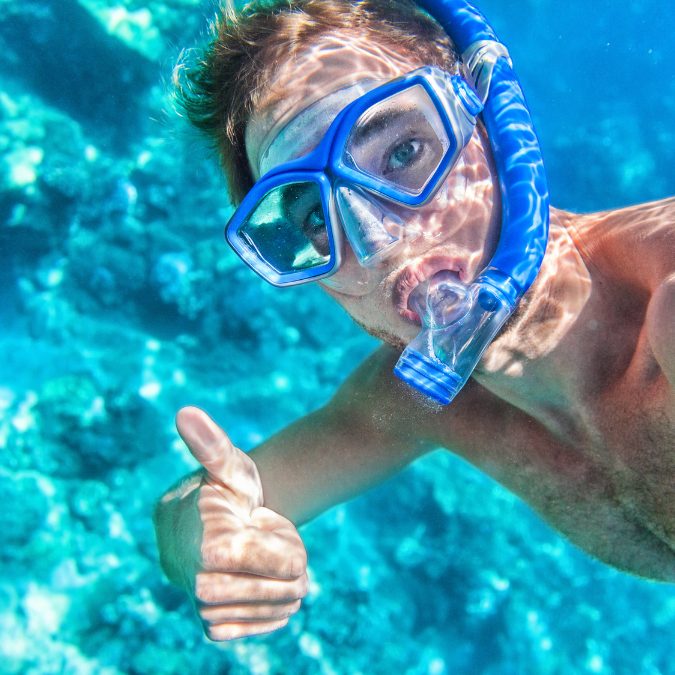How Much Does A Scuba Tank Weigh | Steel & Aluminum
Embarking on a scuba diving adventure is a thrilling experience that requires careful consideration of equipment, and at the heart of this consideration is the scuba tank. As divers, we recognize the importance of this life-sustaining apparatus, and understanding the intricacies of scuba tank weight is paramount to ensuring a safe and enjoyable underwater exploration.
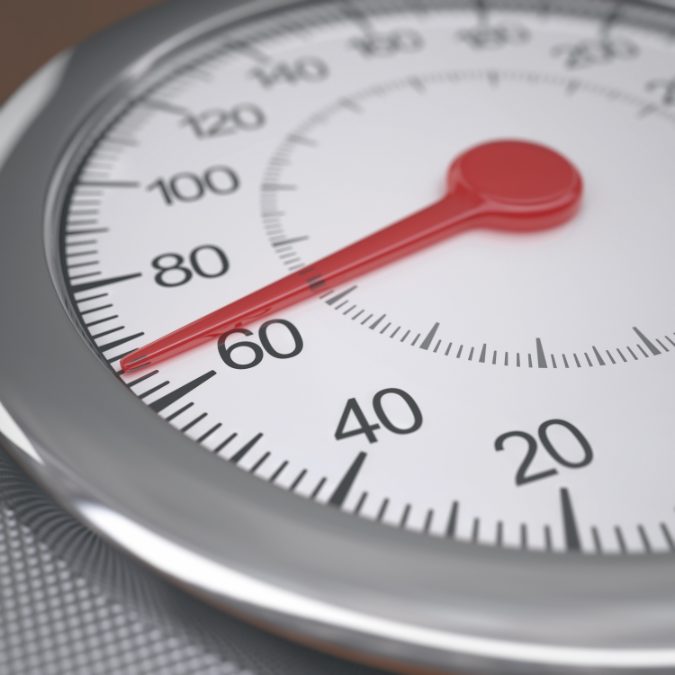
In this extended blog post, we’ll delve deeper into the dynamics of scuba tank weight, comparing materials, exploring buoyancy control, dissecting tank sizes, and examining the myriad factors that contribute to the overall weight of this essential diving gear.
Aluminum Tanks vs. Steel Cylinders
The decision between aluminum tanks and steel cylinders stands as a pivotal choice that divers often grapple with, presenting a series of nuanced decisions that can significantly impact their underwater experiences. Recreational divers find themselves at a crossroads, weighing the pros and cons of aluminum’s lightweight appeal and steel’s advantage in negative buoyancy.
Aluminum tanks, the preferred choice for many recreational divers, showcase a feather-light quality that ranges between 28 to 32 pounds when empty. This attribute positions them as a prime selection for those who place a premium on mobility and ease of handling, particularly when embarking on underwater escapades across diverse dive locations.
The allure of aluminum lies not just in its weight but also in its convenience for travel, making it a go-to option for those seeking a seamless and unencumbered diving experience.
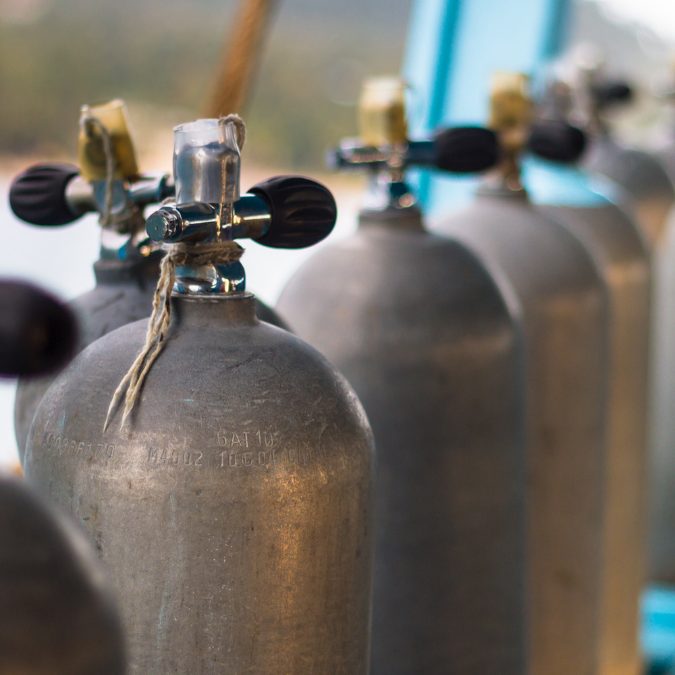
In contrast, steel scuba tanks, although heftier with an empty weight ranging from 30 to 40 pounds, offer a distinctive advantage in the realm of negative buoyancy. This unique characteristic becomes especially attractive to divers who prioritize enhanced control and stability in varying underwater environments.
Navigating the depths with a steel cylinder provides a sense of grounding and control, making it the preferred choice for those who appreciate the added weight translating into a more stable and composed underwater journey.
The dichotomy between aluminum and steel extends beyond mere weight considerations; it delves into the intricacies of diver preference and the specific demands of the underwater landscapes they wish to explore. Divers must weigh the practicality of aluminum against the stability of steel, recognizing that each material serves a distinct purpose in enhancing the overall diving experience.
Moreover, the diver’s choice between aluminum and steel isn’t solely based on weight but also takes into account the broader context of their diving endeavors. The convenience of aluminum’s lighter weight is often juxtaposed with the buoyancy benefits that steel brings to the table. It’s a delicate balance that extends beyond mere practicality, diving deep into the very essence of what each diver seeks from their underwater adventures.
As technology and design continue to advance, both aluminum and steel cylinders evolve, offering divers an array of options catering to their specific needs. The diver’s dilemma, therefore, becomes an exploration of not just weight considerations but an understanding of the nuanced advantages each material offers in the quest for the perfect dive.
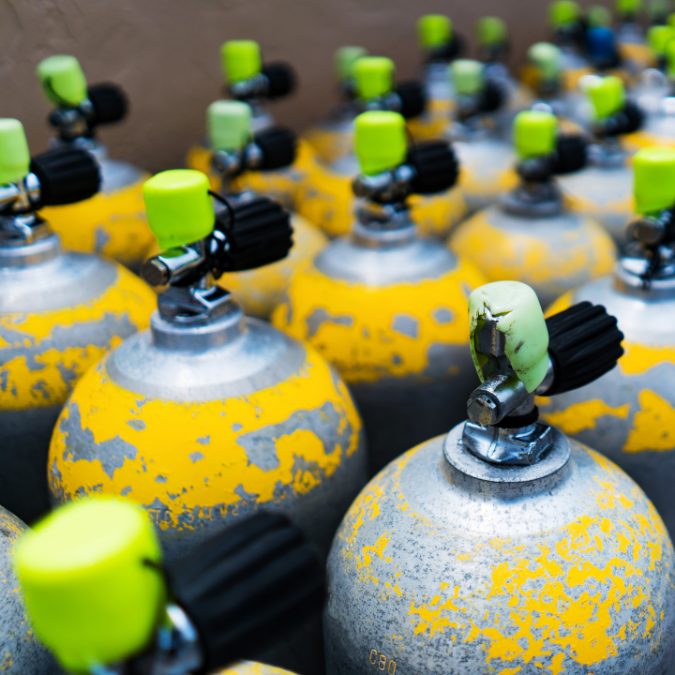
Buoyancy Control and Bottom Time
In the ethereal world beneath the waves, scuba divers engage in a delicate dance of buoyancy control, where mastering the art of neutral buoyancy becomes a fundamental skill that can transform a dive from ordinary to extraordinary.
This intricate ballet, orchestrated by factors such as the weight of the tank, the diver’s body weight, the thickness of the wetsuit, and additional gear, holds the key to not only ensuring safety but also unlocking the potential for extended bottom time, allowing divers to submerge themselves in the underwater realm for more prolonged and immersive experiences.
Neutral buoyancy, often referred to as the holy grail of scuba diving, is the state in which a diver hovers in the water column without sinking or rising. Achieving this delicate equilibrium is a pursuit that demands a keen understanding of the myriad factors at play. At the forefront of this balance is the weight of the tank, a pivotal element that requires careful consideration to achieve that perfect equilibrium.
The weight of the tank, whether aluminum or steel, plays a crucial role in buoyancy control. Divers meticulously adjust the amount of weight in their integrated weight systems or weight belts, considering not only the tank’s weight but also their body weight, the thickness of the wetsuit worn, and any additional gear carried. It’s a symphony of calculations and adjustments that divers conduct to create the optimal conditions for neutral buoyancy, ensuring that their movements are effortless, controlled, and harmonious with the aquatic environment.
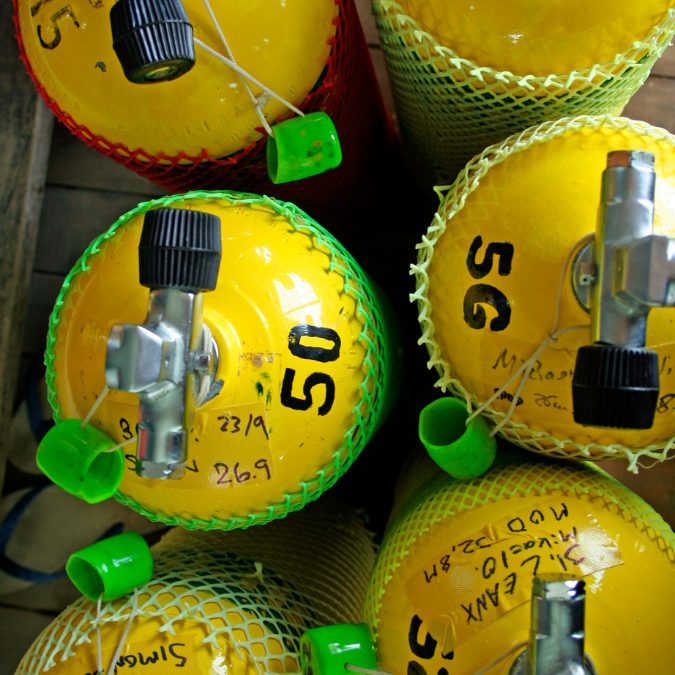
Mastery of neutral buoyancy isn’t solely about achieving balance during the dive; it’s about redefining the entire underwater experience. Divers who excel in this skill find themselves floating weightlessly through vibrant coral gardens, effortlessly gliding alongside marine life, and seamlessly navigating through underwater landscapes. This not only enhances the aesthetic appeal of the dive but also contributes to the overall safety and conservation of the delicate ecosystems explored.
Beyond the aesthetic and safety dimensions, neutral buoyancy also serves as the key to extending bottom time—the duration a diver can spend submerged before resurfacing. The ability to hover effortlessly in the water consumes less energy, allowing divers to conserve air and prolong their underwater adventures. For avid underwater photographers and marine researchers, this extended bottom time is invaluable, providing the luxury of time to capture rare moments or conduct in-depth studies of marine life behavior.
As divers refine their buoyancy control skills, they unlock the potential to immerse themselves in the underwater world for more extended periods, transcending the limitations of a conventional dive. The underwater ballet becomes a fluid, extended performance, where divers become one with the aquatic environment, moving gracefully through the depths and savoring every moment.
Tank Sizes and Air Consumption
Scuba tanks come in various sizes, measured in cubic feet (cu ft). Larger tanks, whether aluminum or steel, offer more air capacity, translating to extended bottom time for recreational divers. However, it’s crucial to strike a careful balance between the benefits of increased air supply and the additional weight that accompanies larger tanks. Understanding individual air consumption rates and diving preferences is key to making an informed decision on the optimal tank size.
Materials and Pressure Considerations: The Technical Aspect
The materials used in scuba tanks, be it aluminum or steel, significantly contribute to overall weight. Pressure ratings and working pressure also play a pivotal role in determining the amount of air a tank can hold. Technical divers often gravitate towards high-pressure steel tanks to accommodate their specific needs, highlighting the importance of aligning the type of tank with individual diving requirements.
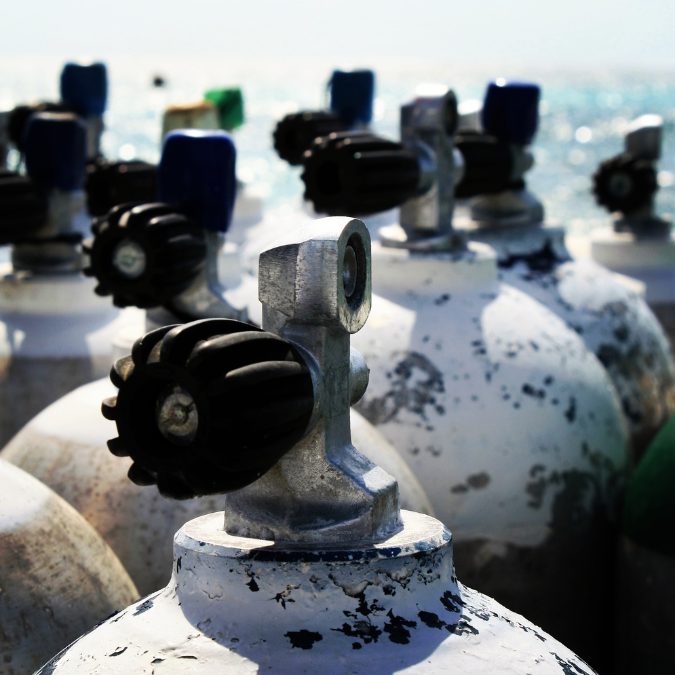
Maintenance and Safety
In the realm of scuba diving, the safety of every adventurer relies heavily on the reliability of their lifeline—the scuba tank. Regular maintenance and visual inspections stand as silent protectors against potential risks lurking beneath the waves.
Oxidization of aluminum and the persistent continuation of corrosion pose significant threats to the structural integrity of scuba tanks. Dive shops play a crucial role in this safety dance, conducting thorough inspections to identify any signs of wear and tear.
Aluminum tanks, prone to oxidization, require vigilant scrutiny to ensure the protective layer formed does not compromise the tank’s material. Corrosion, affecting both aluminum and steel tanks, demands ongoing attention, with dive shops meticulously examining every inch for discoloration, pitting, or irregularities that might compromise structural integrity.
Certified technicians conduct visual inspections, scrutinizing the tank’s exterior and interior, examining the valve, threads, and cylinder neck. Hydrostatic testing, a vital part of the process, assesses the tank’s ability to contain air safely.
These rigorous inspections by dive shops not only safeguard divers’ lives but also foster trust. Armed with the assurance of a meticulously inspected lifeline, divers can explore the depths with peace of mind, knowing their equipment is reliable and secure.
In conclusion, maintenance and safety are paramount in the scuba diving community. Dive shops, through regular inspections and meticulous care, ensure that the lifeline remains strong, allowing divers to navigate the wonders of the underwater world with confidence and security.
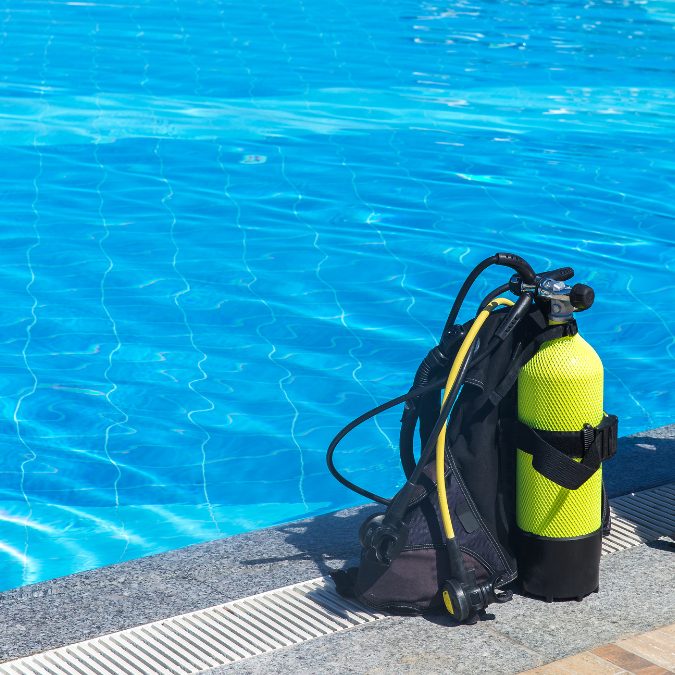
Scuba Tank Weight FAQ
1. How much does a scuba tank weigh?
The weight of a scuba tank varies based on factors like its material, size, and whether it’s empty or full. Typically, aluminum cylinders, favored for their lighter weight, range from 28 to 32 pounds when empty. On the other hand, steel scuba tanks, known for their durability, can weigh between 30 to 40 pounds when empty.
2. Does salt water affect the weight of a scuba tank?
Salt water has a minimal impact on the weight of a scuba tank. The primary factors influencing weight are the tank’s construction material and its content, either air or breathing gas.
3. What are the advantages of aluminum cylinders in terms of weight?
Aluminum cylinders are preferred by many divers for their lighter weight, making them an excellent choice for those who prioritize mobility and ease of handling. This is especially beneficial when considering travel to different dive locations.
4. How does the weight of a scuba tank affect the amount of air it holds?
The weight of a scuba tank doesn’t directly impact the amount of air it holds. Instead, factors such as tank size, pressure ratings, and working pressure determine the volume of air a tank can contain. Larger tanks generally hold more air, providing recreational divers with extended bottom time.
5. What role does the size of the tank play in its weight?
The size of a scuba tank, measured in cubic feet, is a crucial factor influencing its weight. Larger tanks may weigh more but offer more air capacity, providing divers with increased bottom time.
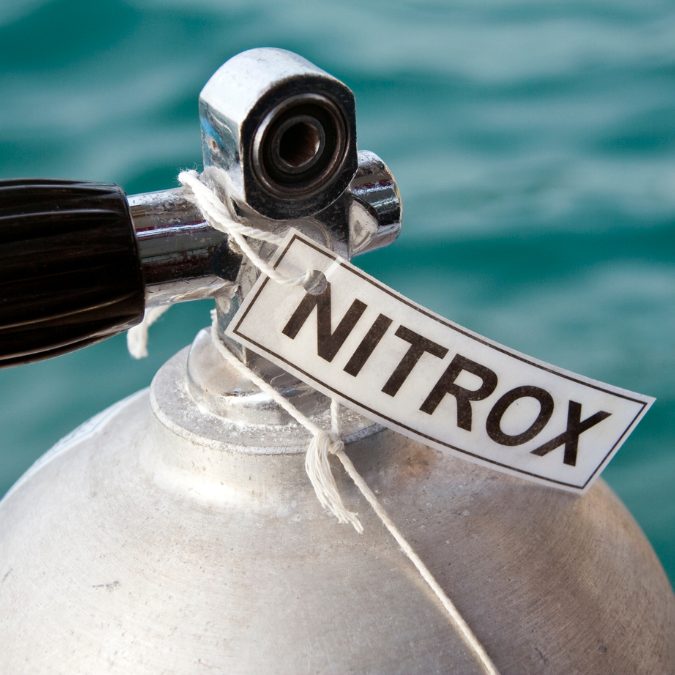
6. Are Faber cylinders a good choice for divers concerned about weight?
Faber cylinders are well-regarded for their quality and durability, making them a good choice for divers who prioritize reliability and are less concerned about the weight of the tank.
7. How does a pony bottle impact the total weight of scuba gear?
A pony bottle, a smaller secondary tank, adds weight to a diver’s gear but provides a supplementary air source in case of emergencies. The overall impact on total weight depends on the size and material of the pony bottle.
8. Do steel scuba tanks weigh more than aluminum scuba tanks?
Yes, steel scuba tanks are generally heavier than aluminum tanks, but they offer advantages such as negative buoyancy, making them a preferred choice for some divers.
9. Can the weight of a tank be affected by higher pressures?
Higher pressures in a tank do not directly impact its weight. However, they influence the amount of air the tank can hold, affecting factors like dive duration and buoyancy.
10. How does the weight of a scuba tank impact a new diver?
For new divers, the weight of the scuba tank is an important consideration. Choosing a tank that aligns with their physical capabilities and diving needs is crucial for a comfortable and enjoyable experience.
11. Why is a visual inspection an important factor for scuba tank weight?
A visual inspection ensures that the scuba tank is in proper condition, free from defects like oxidization or corrosion, which can impact its weight and structural integrity.
12. Do different shapes of tanks affect their weight?
While tank shapes may vary, the impact on weight is minimal. Factors like material, size, and construction have more significant implications for the overall weight of a scuba tank.
13. What is the importance of the weight of a scuba tank in cold water diving?
In cold water diving, the weight of a tank becomes crucial as divers may wear thicker wetsuits or drysuits, affecting overall buoyancy. Proper weighting ensures control and stability in colder underwater environments.
14. How does the weight of scuba gear, including the tank, affect buoyancy control?
Proper buoyancy control involves balancing the weight of scuba gear, including the tank, with the buoyancy of the diver. This ensures a controlled descent and ascent during a dive.
15. Is the weight of a tank an important consideration for technical divers?
Yes, technical divers often consider the weight of tanks as part of their overall equipment configuration. The choice between aluminum and steel, along with tank size, is critical for technical diving endeavors.
Remember to always consult with dive professionals and adhere to safety guidelines when considering the weight of scuba tanks for your specific diving needs.
Conclusion
The weight of a scuba tank is a multifaceted consideration that directly influences the overall diving experience. Whether choosing the lighter aluminum tanks or the more negatively buoyant steel cylinders, divers must carefully evaluate the trade-offs to make an informed decision.
Understanding the various factors influencing scuba tank weights empowers divers to embark on their underwater adventures with confidence, knowing they have the right gear for a safe, enjoyable, and weight-appropriate experience. Dive in, explore, and embrace the weighty world beneath the waves.



